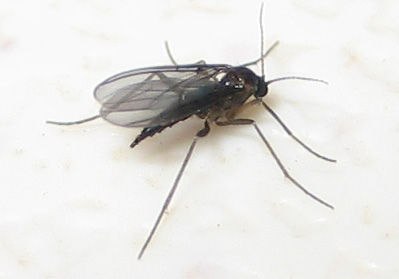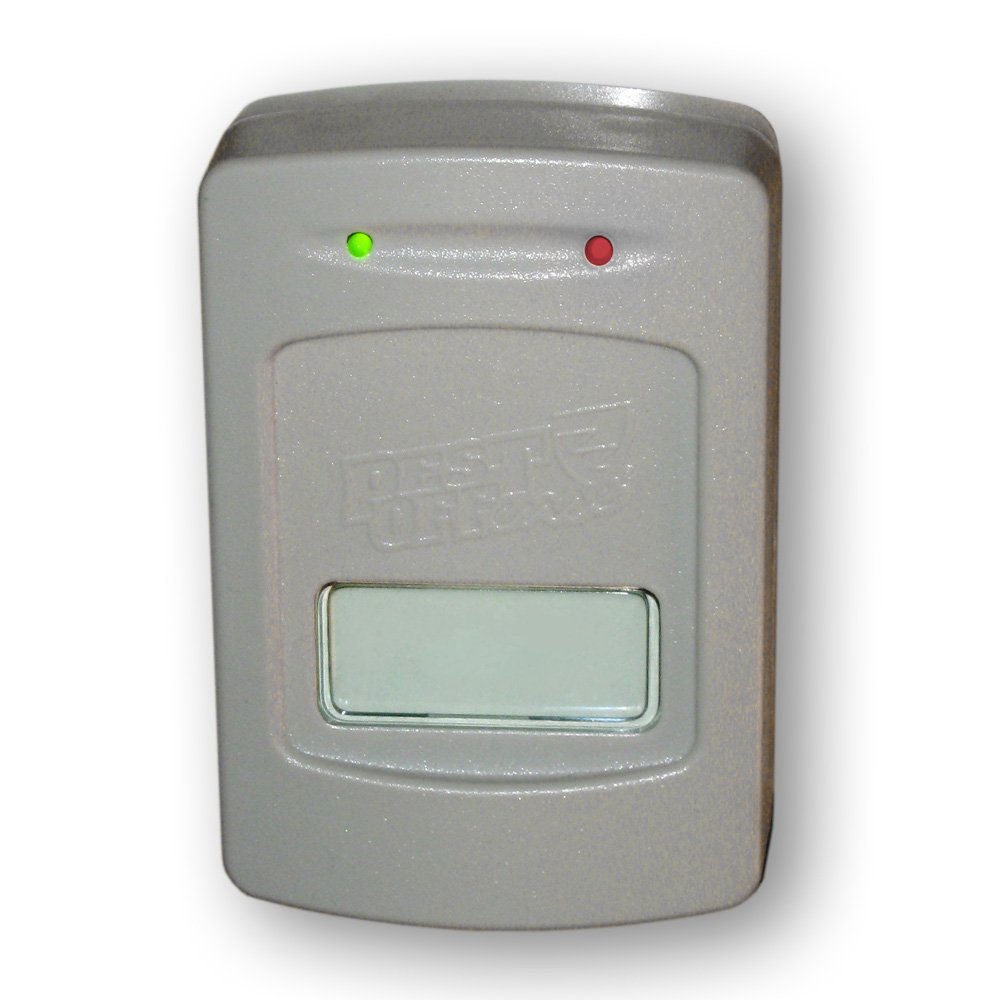What is a Fly?
Houseflies are a common type of fly that can be found on every continent. They feed on almost anything from the ground, which makes them a significant pest in homes and restaurants.
A fly is an animal that belongs to the Diptera order.
There are around 120,000 species of flies in this order and they serve many different purposes including serving as food for other animals, pollination of plants, decomposing organic material and acting as a vector for diseases.
Symptoms of a House Fly Infestation
There are many different types of flies, and some may actually be harmless. However, house flies are a type of fly that can spread many diseases and can create a huge infestation if their numbers grow too large.
They breed rapidly and the adults may live for up to one month.
The larvae can live up to 4-6 weeks and they prefer moist and decaying organic materials such as feces, mud, vegetables, fruit or animal dung.
When it comes to an infestation, the 3 most common symptoms are the noise they make (often high-pitched), their presence (often seen in clusters on window sills or near garbage cans), and the smell (a foul smell characteristic of decaying food.)
How to Catch the Flies That are Haunting Your House
There are many ways to catch a fly. They can be caught in a container, by hand, or with the use of an insect trap.
But what is the fastest way to kill a fly? This can be accomplished by killing it in one swift motion. If you are able to crush the fly’s head then you will have killed it more quickly than any other method.
Where Do Flies Go in Winter?
In the winter time, flies will head towards warmer climates. They might be attracted to lights to find a way out, but they will eventually die from the cold weather.
Lately, scientists have been looking into what happens to different insects in winter. In North America, there have been a few cases of flies going into hibernation and dying off completely.
Scientists believe that these things happen for a reason because it could help with the environment.
How Do Flies Spread Disease?
There are a variety of ways that flies can carry diseases.
Some fly-borne infections, such as those from the bacterium “Yersinia pestis” or plague, can be transmitted by an insect vector.
A vector is an organism that transmits a disease from one organism to another organism without being infected by it. In this case, flies transmit plague from their faeces to food and other surfaces where they land.
Other infections like “Cryptosporidium” and “Giardia” are transmitted through contact with contaminated surfaces (i.e., food, water) or close contact with flies carrying the infectious agent on their body or legs.
Unlike other disease-carrying insects like mosquitoes, flies do not require blood meals to survive and therefore will feed on almost anything they come
The Best Ways To Get Rid Of Flies Indoors
There are a lot of different ways that people have come up with to kill flies, but there is no one way that works best.
It’s important to know what kind of fly you’re dealing with because some insects will be easier to kill than others.
The first step is to identify the fly and figure out which method would work best for them. Some methods are more effective than others, so it can be easy to find a solution that will quickly solve the problem.
One such method is to capture the fly with an adhesive trap such as a glue board or sticky paper. These fly-traps can be made from materials found in nature and can be laid out in areas where flies congregate.
When a fly enters a trap with a sticky adhesive surface, the adhesive will adhere to the tiny hairs on its feet and its wings. This makes it impossible for it to take off and escape; however, this also means that it cannot walk any further and is essentially trapped.
The other way to get rid of flies indoors is to place a bowl of vinegar up against the wall near where the flies are flying. Flies will be drawn to the vinegar and will typically fall into it, killing them on contact.


